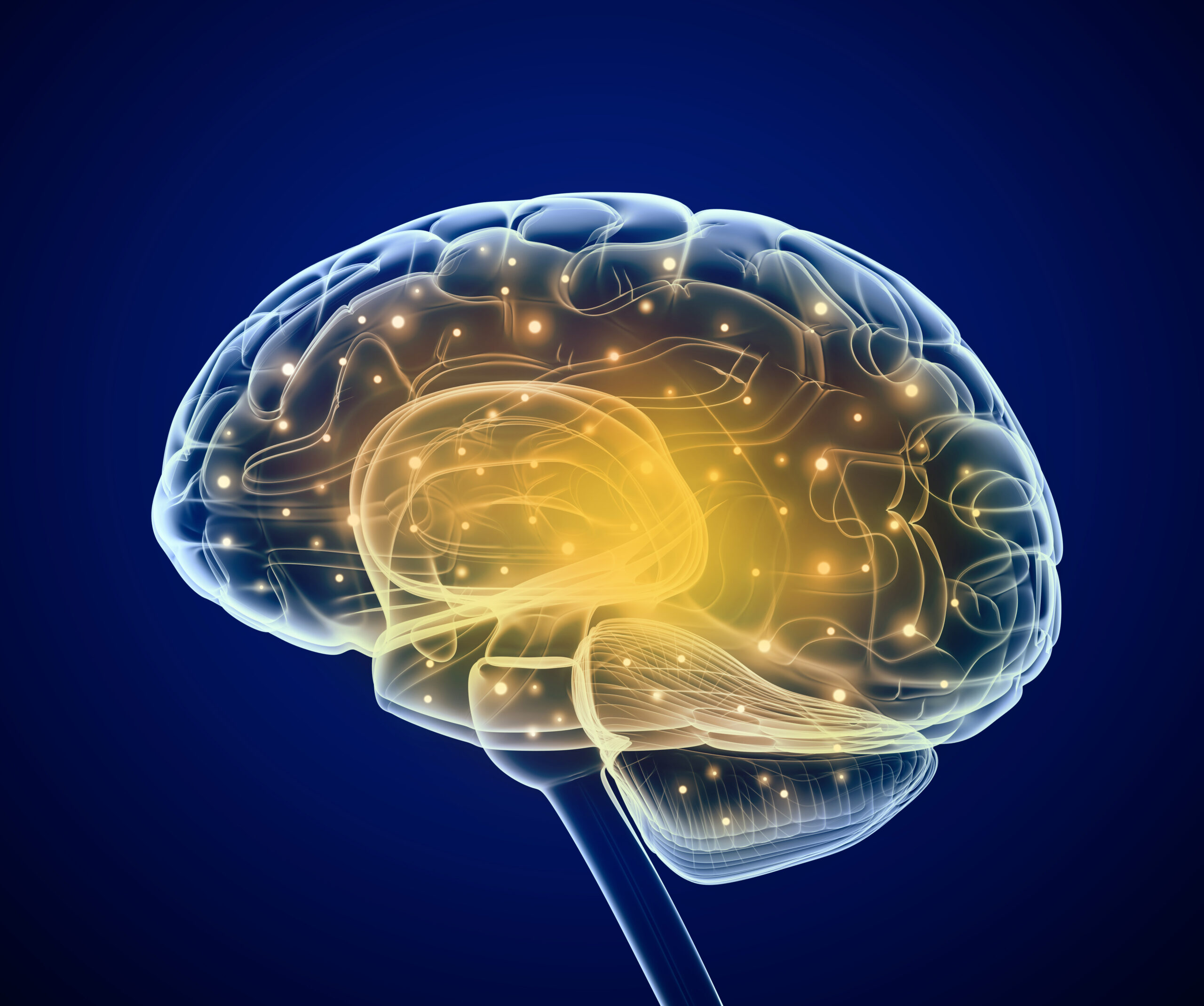The brain impresses with its unique ability to process information efficiently and adapt flexibly to changing challenges. Until now, science has based this on two separate principles: criticality, i.e. the balancing act between order and chaos, and efficient coding, in which the brain reduces superfluous signals and utilises its resources with maximum precision. However, a study involving Dresden University Medicine, published in Proceedings of the National Academy of Sciences (PNAS), shows that the two principles may be more closely linked than previously assumed.
Dresden/Germany, February 14, 2025. The study ‘Signatures of criticality in efficient coding networks’ provides new insights into the fundamental mechanisms of brain function. To this end, an international research team in Dresden, Tübingen, Paris and Shanghai developed a mathematical model to simulate a neural network that mimics the functioning of real brain cells. Unlike in previous studies, the network was not directly geared towards a critical state, but optimised to process information as efficiently as possible – similar to the brain in everyday life.
A key experiment consisted of varying the noise level in the network. ‘Noise’ in this context stands for a quantity X of random disturbances in the system. The researchers wanted to find out how these disturbances influence the performance of the network.
The results of the simulation were clear: a medium noise level means maximum performance. With a moderate level of interference, the network showed the best information processing. At the same time, typical signatures of criticality occurred – including so-called ‘neuronal avalanches’. These cascades of activity follow a characteristic distribution of size and frequency.
It also became clear that too much or too little noise is harmful. If the noise level is too low, the neurons synchronise too strongly, which limits the flexibility of the network. Too much noise, on the other hand, led to chaotic, inefficient activity patterns.
The best performance and the critical state therefore occurred simultaneously – at a balance point where precision and flexibility were perfectly harmonised. With the help of the model, the scientists were able to prove that criticality is not a random phenomenon, but a natural side effect of optimal information processing.
‘In evolutionary terms, the brain has evidently adapted precisely to this balance point between order and chaos,’ explains Junior Professor Shervin Safavi, first author and responsible for the Computational Machinery of Cognition (CMC) Lab at the Faculty of Medicine of the Technische Universität Dresden (TUD) and the Department of Child and Adolescent Psychiatry at the University Hospital. ‘This state not only enables efficient processing of information, but also prepares the brain to react flexibly to changing requirements.’
If this balance is disturbed, mental disorders can be the result. In schizophrenia, for example, so-called hyperconnectivity often occurs, which leads to chaotic neuronal activity and disturbed thinking. Conversely, depression or obsessive-compulsive disorders indicate excessive order and rigidity in the neuronal circuits, which means that thought patterns are repeated and adaptation to new situations is made more difficult. A better understanding of this balance could open up new avenues for more targeted treatments that restore balance to brain function.
‘By studying the criticality of the brain, we may be able to uncover principles that not only improve our understanding of cognition and mental health, but also enable the development of more robust and adaptive artificial intelligence systems,’ hopes Shervin Safari. ‘For example, criticality-orientated neural networks could achieve greater computational efficiency and resilience, reflecting the brain’s remarkable ability to balance stability and flexibility.’
Originalpublication:
Publikation: Safavi, S., Chalk, M., Logothetis, N. K., & Levina, A. (2024). Signatures of criticality in efficient coding networks. Proceedings of the National Academy of Sciences, 121(41), e2302730121.
(https://www.pnas.org/doi/10.1073/pnas.2302730121)
ImageSource
PantherMedia / Alexmit, Graphical representation of the human brain. Max Planck Institute for Biological Cybernetics


